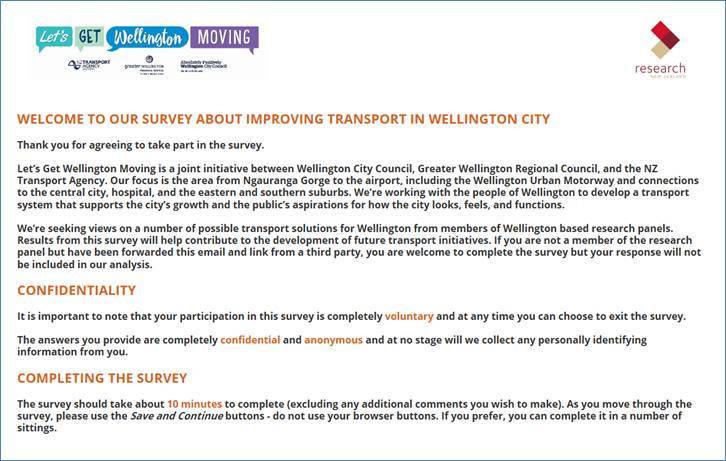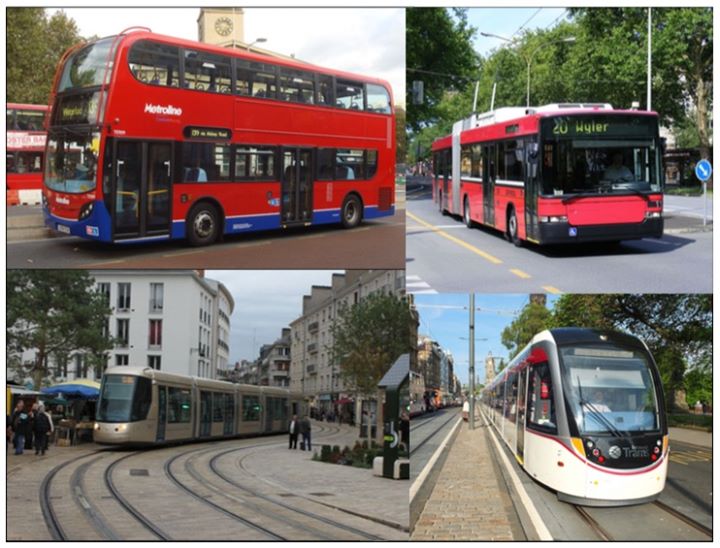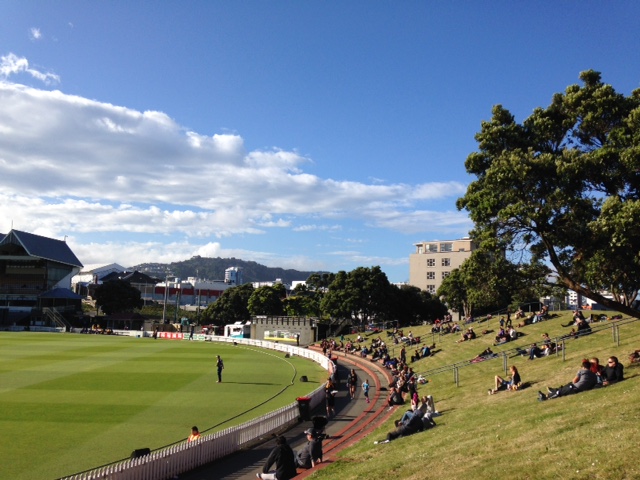The Save the Basin Campaign Inc has written the following letter in response to the new Let’s Get Welly Moving “surprise survey” which LGWM chose not to notify stakeholder groups, such as Save the Basin, about:
The STBC, as a stakeholder group in the LGWM consultation process, takes strong issue with your organisation on a number of matters in relation to the existence of this survey:
- The survey has taken everyone at STBC by complete surprise. What is the purpose of the survey and who has it been distributed to? There was no prior notification to STBC (as a stakeholder) that LGWM would be commissioning the survey and it was only by chance that a member of the STBC committee was alerted to its existence. This is alarming and shows a complete lack of transparency and questions the validity of the survey.
- The process for public engagement on the LGWM scenarios closed in November last year – and in March this year LGWM released the summary of the feedback process on future transport scenarios for Wellington. Your website currently says “We’re using the feedback from the November 2017 public engagement to help guide our work as we develop a recommended programme of investment.” However, you continue to be asking for more views and ideas through this latest survey – with no information about this available to the public through your website.
- Of great concern is the fact the survey implies that a bridge/fly-over around the Basin Reserve is still an option – especially in the way the questions are constructed and presented. For example in relation to design, one survey respondent said that the preferences for infrastructure around the Basin gave options for a bridge or tunnel on one page – suggesting that there were only two options – then on the next page the last part of this question appeared offering an at grade option.
- Although we are not circulating the survey to our members to complete, we know that others who have been alerted to the survey may. If the survey was designed to be filled in by certain individuals or organisations, either targeted or randomly selected, the results will be invalidated if others complete it. No-one should trust the results of this survey.
We would appreciate a response to this email.
[etc]




